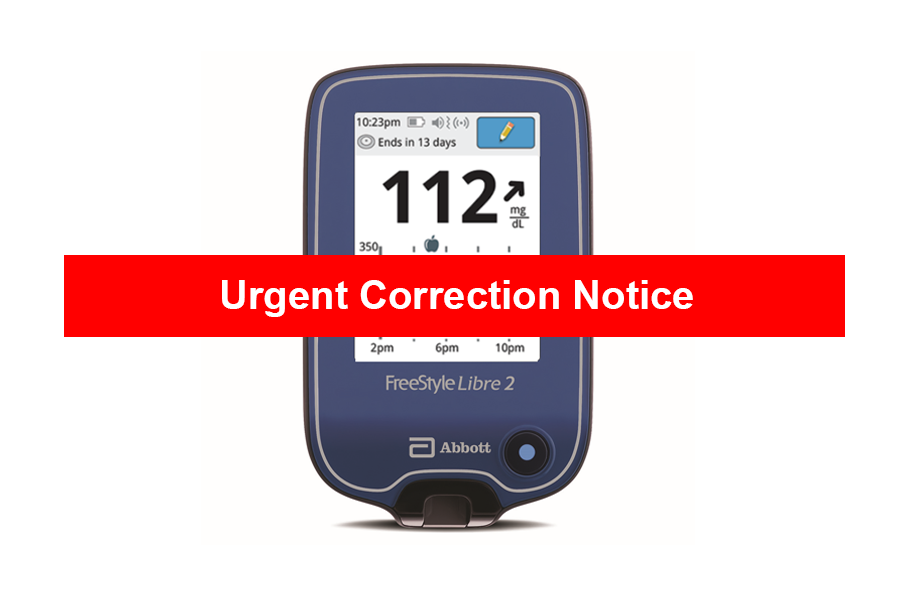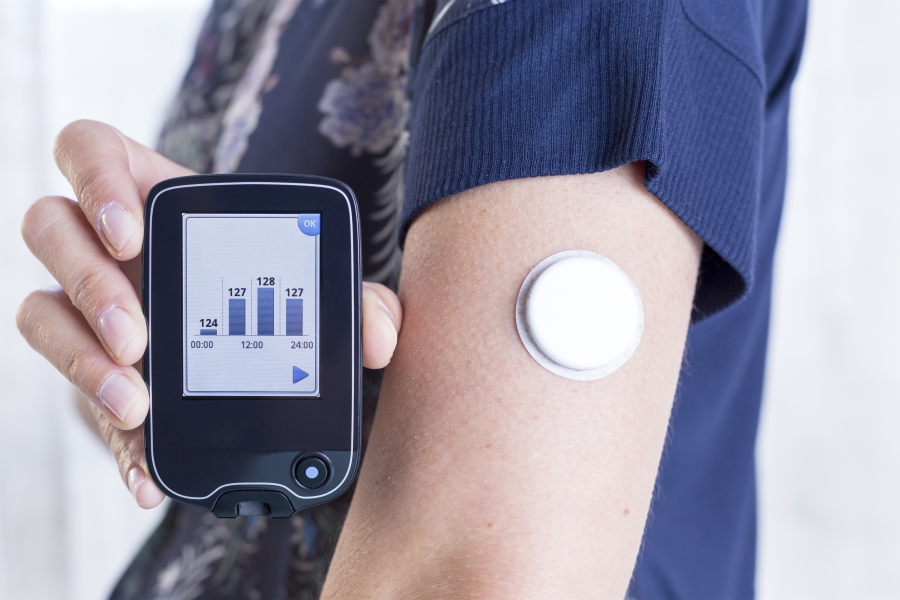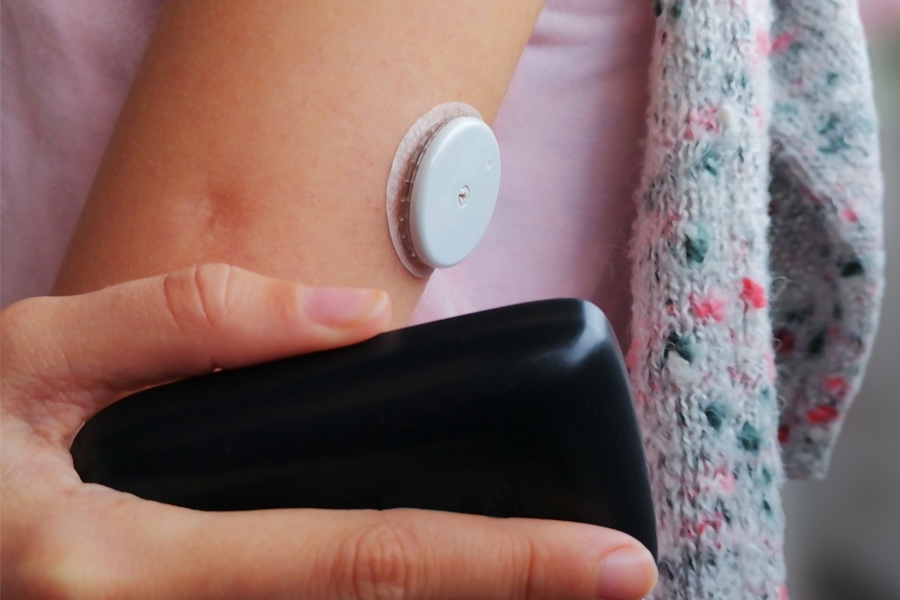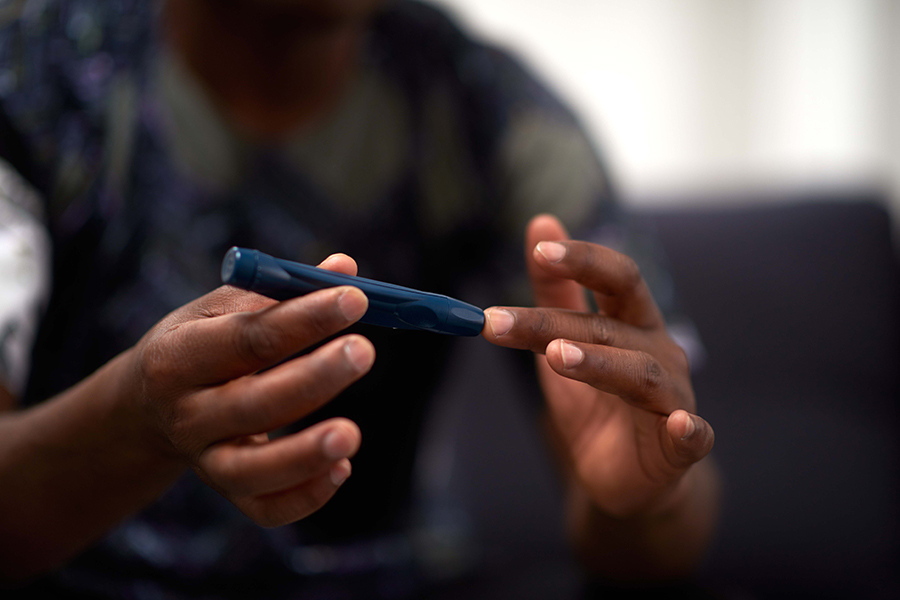Every November, the world unites to observe Diabetes Awareness Month. With the number of people affected by diabetes steadily rising worldwide, this month-long initiative serves as a stark reminder of the urgent need for education, prevention, and support for those living with the condition. Diabetes, a chronic metabolic disorder characterized by elevated blood sugar levels, affects millions of people across the globe.
According to the Centers for Disease Control and Prevention (CDC), over 37 million people have Diabetes in the United States, which is around 1 in 10 people. This number is expected to soar if left unchecked. This alarming rise in diabetes cases is largely attributed to sedentary lifestyles, unhealthy diets, and genetic predisposition.
What is Diabetes?
Diabetes is a chronic health condition that affects how your body turns food into energy. Your body breaks down most of the food you eat into sugar (glucose) and releases it into your bloodstream. When your blood sugar goes up, it signals your pancreas to release insulin. Insulin acts like a key to let the blood sugar into your body’s cells for use as energy. With diabetes, your body doesn’t make enough insulin (type 1), or can’t use it as well as it should (type 2). When there isn’t enough insulin or cells stop responding to insulin, too much blood sugar stays in your bloodstream. Over time, that can cause serious health problems, such as heart disease, vision loss, and kidney disease.
There are three main types of diabetes: type 1, type 2, and gestational diabetes (diabetes while pregnant).
Type 1 Diabetes
Type 1 diabetes is thought to be caused by an autoimmune reaction (the body attacks itself by mistake). This reaction stops your body from making insulin. Approximately 5-10% of the people who have diabetes have type 1. Type 1 diabetes can be diagnosed at any age, and symptoms often develop quickly. If you have type 1 diabetes, you’ll need to take insulin every day to survive. Currently, no one knows how to prevent type 1 diabetes.
Type 2 Diabetes
With type 2 diabetes, your body doesn’t use insulin well and can’t keep blood sugar at normal levels. About 90-95% of people with diabetes have type 2. It develops over many years and is usually diagnosed in adults. You may not notice any symptoms, so it’s important to get your blood sugar tested if you’re at risk. Type 2 diabetes can be prevented or delayed with healthy lifestyle changes, such as:
- Losing weight.
- Eating healthy food.
- Being active.
Gestational Diabetes
Gestational diabetes develops in pregnant women who have never had diabetes. If you have gestational diabetes, your baby could be at higher risk for health problems. Gestational diabetes usually goes away after your baby is born. However, it increases your risk for type 2 diabetes later in life. Your baby is more likely to have obesity as a child or teen and develop type 2 diabetes later in life.
What is Prediabetes?
Prediabetes means your blood glucose (sugar) levels are higher than normal—but not high enough to be diagnosed as diabetes. Prediabetes can lead to heart disease, stroke, and type 2 diabetes, the most common form of diabetes. Prediabetes can often be reversed by changing your lifestyle.
The Importance of Awareness and Prevention
Diabetes Awareness Month is not just about acknowledging the existence of the disease, but also about understanding its various forms and complications. One of the primary goals of this awareness campaign is to educate people about the risk factors associated with developing diabetes. It’s essential for individuals to recognize the warning signs, such as:
- increased thirst
- frequent urination
- unexplained weight loss
- fatigue
Seek medical attention promptly if you experience these symptoms.
If symptoms are caught early (prediabetes stage), you can avoid becoming diabetic (stage 2) with some lifestyle changes.
Maintaining a healthy lifestyle by eating a balanced diet, engaging in regular physical activity, and avoiding smoking can significantly reduce the risk of developing Type 2 diabetes. For those already living with diabetes, proper management is vital to prevent complications and maintain blood sugar levels.
People who have diabetes are at higher risk of serious health complications such as:
- blindness
- kidney failure
- heart disease
- stroke
- neuropathy resulting in the amputation of toes, feet, or legs
Advances in Diabetes Management
There have been major advancements (and coverage) in diabetes management technology in recent years. Using continuous glucose monitoring systems and automatic insulin pumps helps take the guesswork and burden out of checking blood sugars throughout the day and night.
Continuous Glucose Monitoring
Continuous Glucose Monitoring, or “CGM”, is a tool that helps individuals with diabetes to track their glucose levels continuously throughout the day and night. The term “CGM” refers to a system of two devices: 1) a small, wearable sensor that is applied to the skin and monitors glucose levels in the body, and 2) a handheld electronic receiver that “receives” the sensor data and provides an interactive screen you can use to monitor daily glucose trends. This kind of system will also provide 24/7 monitoring alerts if your glucose levels go too high or too low. You can learn more about it here.
Insulin pumps
An insulin pump is a small wearable device that delivers short-acting insulin every few minutes in tiny amounts, 24 hours a day. At the touch of a button, it also delivers extra short-acting insulin when you eat or need to bring down high blood glucose levels.
Some insulin pumps and CGM systems can sync together. This allows for even more accurate insulin dosages as your blood sugars spike. If you are not sure if your systems allow this, please contact your healthcare provider for more information.
The significance of Diabetes Awareness Month also extends to research and innovation in the field of diabetes. Ongoing research aims to develop better treatments and, ultimately, a cure for the disease.
Whether you have diabetes, know someone who does, or simply want to support the cause, this month provides an opportunity to make a meaningful impact in the fight against diabetes and its devastating consequences. Together, we can strive for a world where diabetes is better understood, prevented, and effectively managed.
For helpful articles and to learn more about Diabetes, visit our Diabetes community site here.















